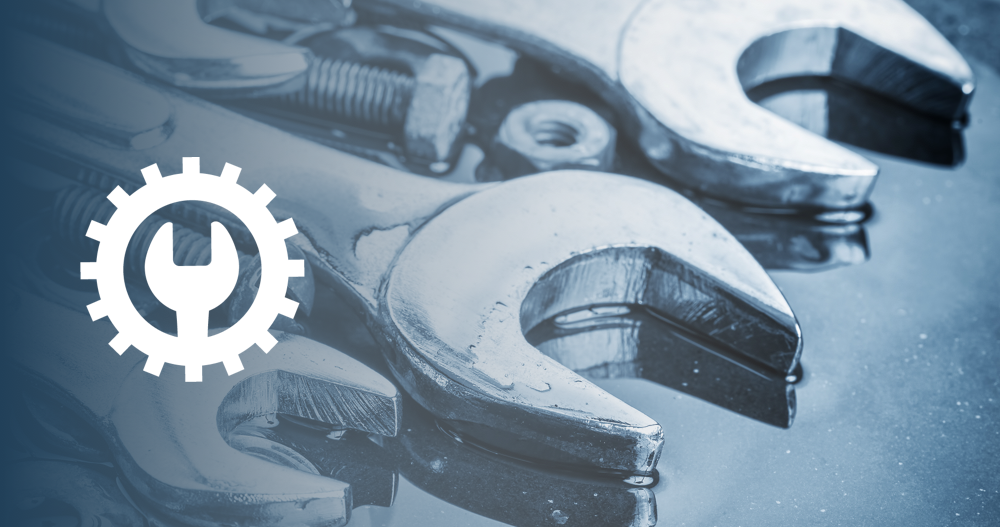
When a customer who understands certifications sees an ASE logo at a repair facility, it can be extremely reassuring to know that an ASE certified mechanic works there.
The goal of the ASE certification test is to identify and recognize technicians who possess the skills needed to diagnose, service, and repair cars, SUVs, and light-duty trucks. Typically, the more ASE certifications you’ve earned, the better your pay can be.
Technicians can be tested and certified in any of the following automotive areas:
Engine Repair
This first area of ASE certification includes general engine diagnosis, as well as the diagnosis and repair of the cylinder head and valve trains, engine blocks, lubrication, and cooling systems. Engine repair also encompasses checkups on fuel, ignition, electrical, and exhaust systems.
Automatic Trans/Transaxle
The automatic trans/transaxle unit covers general transmission/transaxle diagnosis, upkeep of in-vehicle transmission/transaxle, and off-vehicle transmission/transaxle repair.
Manual Drive Train and Axles
This area covers the diagnosis and repair of the clutch, transmission, transaxle, drive shaft/half-shaft, universal joint/constant velocity joint, drive axle, and four-wheel drive/all-wheel drive component.
Suspension and Steering
The suspension and steering portion includes an examination of the suspension, and related suspension and steering services. It also covers the diagnosis, adjustment, and repair of wheel alignment, and wheel and tire diagnosis and service.
Brakes
The brakes portion covers the diagnosis and repair of hydraulic, power assist, and parking brake systems, as well as drum brake, disc brake, and electronic brake diagnosis and repair.
Electrical/Electrical Systems
This area covers general electrical/electronic system diagnosis, and the diagnosis and repair of battery and starting systems, charging systems, lighting systems, instrument cluster and driver information systems, and body electrical systems.
Heating and Air Conditioning
The heating and air conditioning systems test includes A/C system service, diagnosis, and repair. It also covers the diagnosis and repair of refrigeration system units, heating and engine cooling systems, operating structures, and related controls.
Engine Performance
This is the eighth area of ASE certification and it covers the diagnosis and repair of ignition, fuel, air, induction and exhaust systems, emissions control systems, and computerized engine controls.
Becoming a Master Mechanic
When you pass all eight ASE certification areas, then you are known as an ASE-Certified Master Automobile Technician. Becoming a Master Technician is difficult, and these individuals are typically the highest paid in the repair shop, because they work on the most complicated repairs.
Do Your Career a Favor
It pays to become certified in as many ASE areas as you can, and certainly go after the title of Master Automobile Technician, if you wish. You will need to be re-certified every 5 years. Recertification tests are half as long as the original tests and their fees cap at $117. Your career can benefit tremendously from having ASE certifications to your name.
Need training first? Find a school near you.





